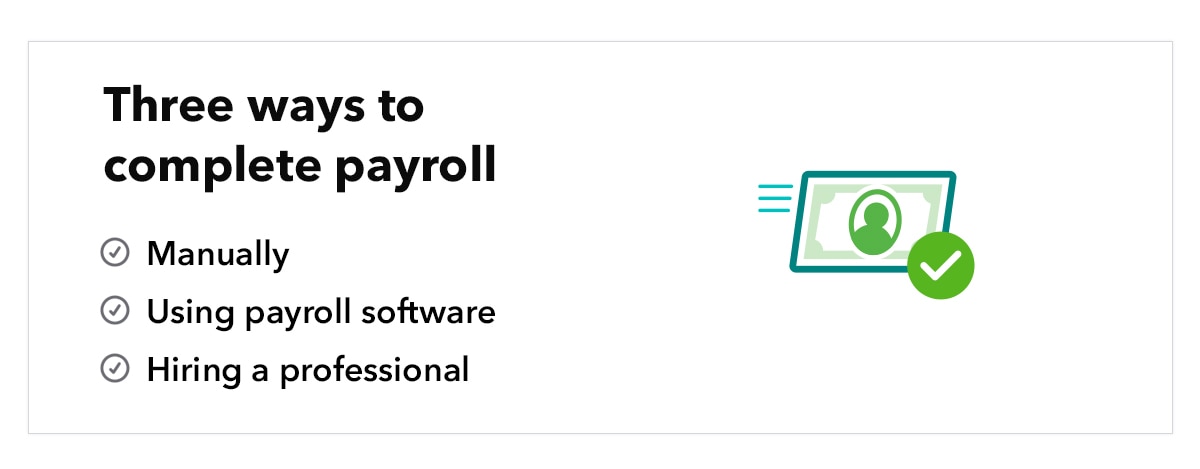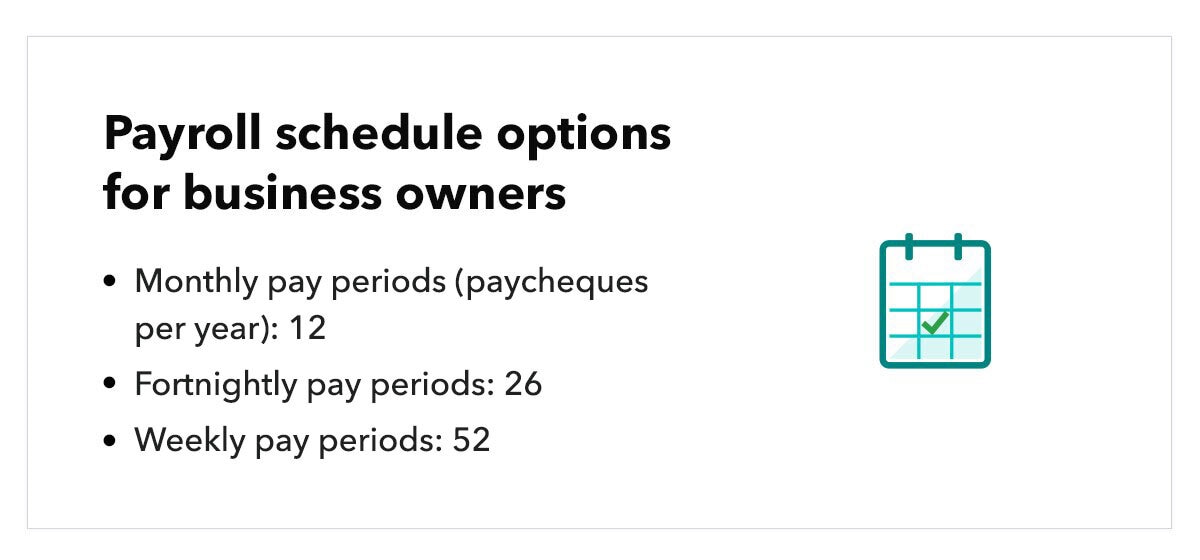Choosing a payroll system is one of the most important decisions for a growing business. While there are many different elements of running a business, one of the most important is payroll. Payroll processing is best defined as the process of compensating employees for the work they perform. This compensation can be monetary or also a combination of money and benefits. Without a streamlined and reliable payroll system in place, businesses may face tough consequences including poor employee retention, minimal employee engagement, and reputational damage.
Employees depend on their paychecks to go about their everyday lives, whether it be paying their mortgage, putting food on the table, or saving for retirement. Even the smallest error in your business’s payroll processing could result in your workforce receiving their payment late, creating undue stress to your employees.
With that said, it’s easy to understand why having a dependable payroll system is vital to any business. If you’re a first-time small business owner with employees, learning how to do payroll is an essential step in your operations. Using this guide, we’ll walk you through the different payroll systems and their advantages and disadvantages. Keep reading to learn about the different methods, or jump right into the section below that answers your question.
- Introduction to payroll methods and systems
- Manual payroll systems
- Payroll software
- Outsourced payroll processing
- 3 reasons why a payroll system is essential
- How to do payroll manually
- How to do payroll using payroll software
- How to choose the best payroll system for your small business
- Why choose QuickBooks Payroll software
- Conclusion




